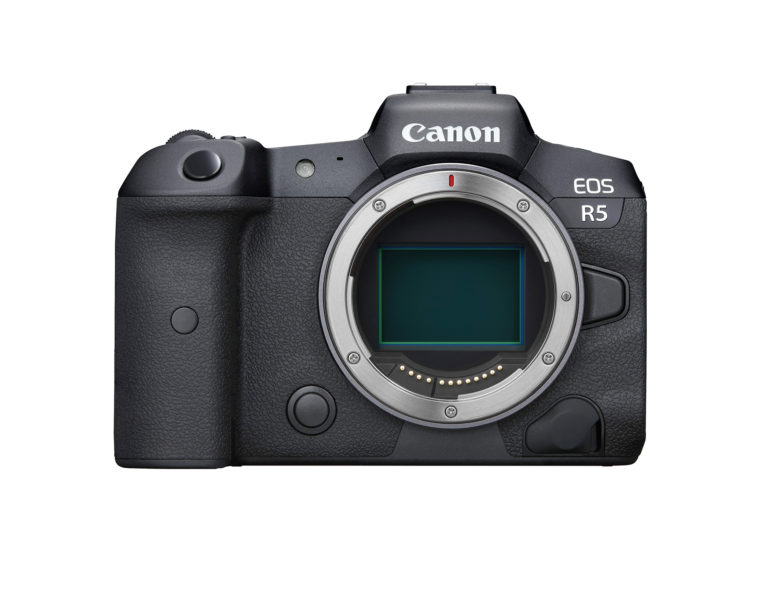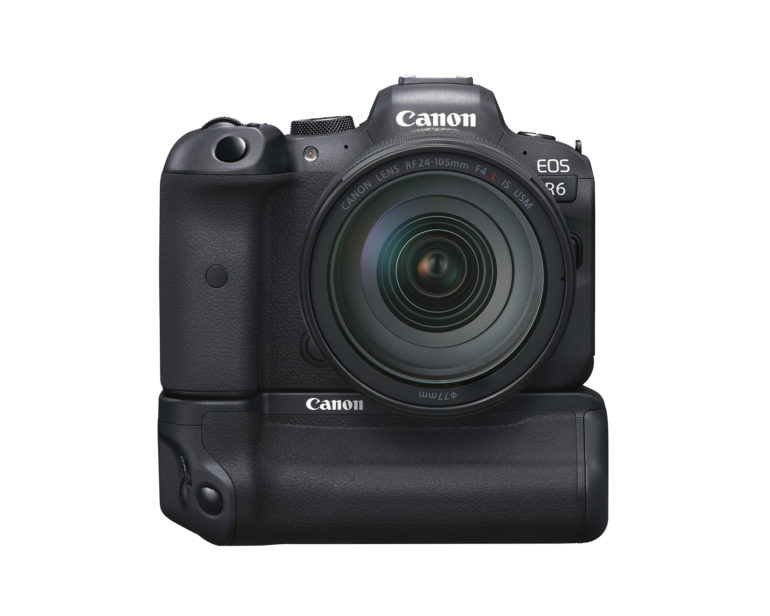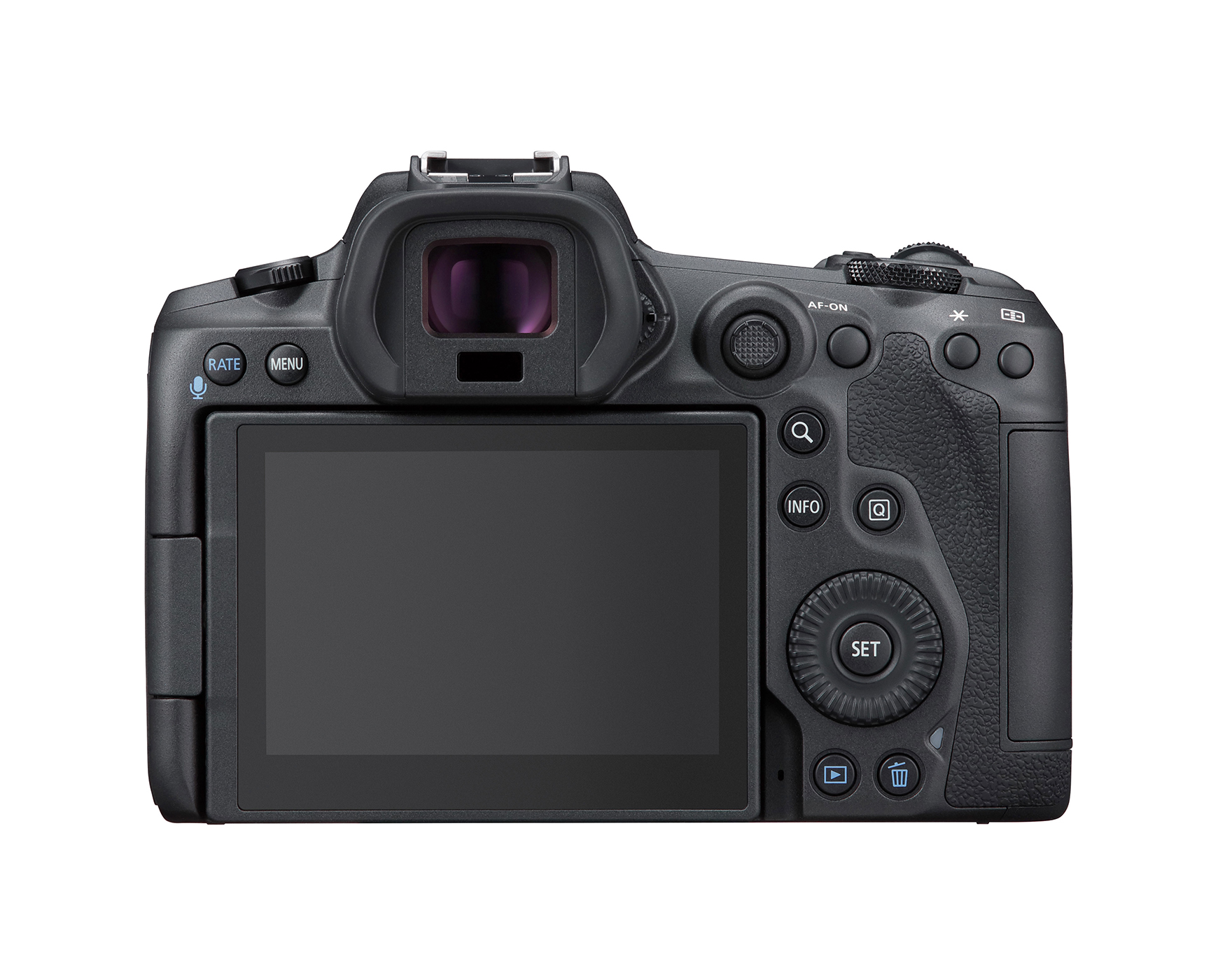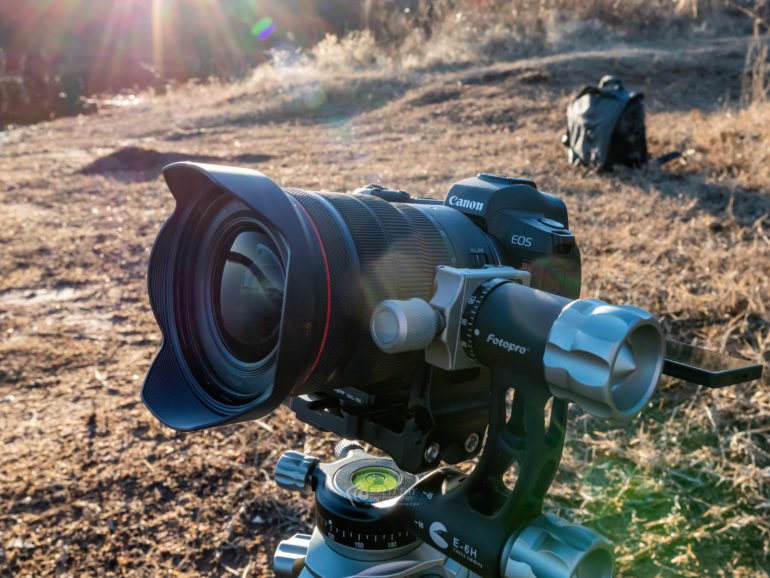The Canon EOS R5 and the Canon EOS R6 were just announced today, and they have an IBIS system that is unlike any other.
Canon is saying that the Canon EOS R5 and the Canon EOS R6 can have up to 8 stops of image stabilization with the right lenses. That’s quite insane to hear! It more or less means that you can have all the coffee jitters and still possibly get a blur-free shot. But what happens if you don’t have an image stabilized lens attached? Indeed, two of the company’s best lenses are the RF 50mm f1.2 L USM and the RF 85mm f1.2 L USM–neither of which have image stabilization. Then who can forget their very innovative RF 28-70mm f4 L USM lens? Well, according to Canon, the image stabilization will all depend on the focal length that you’re using.
Where Does IBIS Most Count?
First off, everyone talks about how they need IBIS. Well, honestly, IBIS (in-body image stabilization) is only really most effective at wider focal lengths. As the focal lengths become longer, you’re better served by lens-based image stabilization. If you’ve ever looked through binoculars, it’s a very similar concept. So this means that if you’re shooting with the Canon RF 28-70mm f2 L USM, you’re going to get the most effective at the 28mm end. However, even at 70mm, one can assume that you’re going to get better stabilization than with the 85mm f1.2. That’s because 70mm is a shorter focal length than 85mm. Of course, your ability to better hold one lens over another will also be a factor. But in the most ideal situations, the Canon RF 28-70mm f2 will probably be better stabilized than the 85mm. Of course, you can potentially shoot at a faster shutter speed with the 85mm f1.2 since it offers more than a stop of extra light-gathering capabilities.
I can tell you from experience that their lens stabilization is superb. When I was testing the Canon RF 35mm f1.8 USM, and the Canon 24-105mm f4 L IS USM, I was able to handhold the cameras down to insanely slow shutter speeds and have solid luck.

In practice and in what I’ve seen with the Phoblographer’s staff, lens-based image stabilization is really needed at around 85mm. But it also depends on the needs. If you’re shooting with a macro lens, I think that image stabilization is necessary. Reviews Editor Paul Ip’s favorite focal length is the 135mm lens. And for the life of me, I really believe that a brand needs to put image stabilization n a focal length like that. I found it to be really tough to do with Zeiss lenses, especially because you have to basically crank the lens to focus it. Your hand turning the focusing ring has an effect on image stabilization. And this may be really seen when Canon EOS R5 and EOS R6 users try to adapt their EF lenses to the RF camera bodies. I can tell you from experience that if there are contacts on the lens that you’re going to get some of the most accurate and careful manual focusing assists I’ve seen of any camera system. But that won’t help you with image stabilization.
Realistically speaking, photographers using the Canon EOS R5 and the Canon EOS R6 will be using the company’s fantastic L lenses. Even their non-L glass is pretty solid, though. But the 28-70mm f2, 50mm f1,2, and 85mm f1.2, I think, are the lenses that photographers should be most worried about.
How Much Image Stabilization Do You Get?

First off, you should know that at 8 stops, Canon is getting the most of any full frame camera system. This is even more than Micro Four Thirds. Well, there’s good news. According to Canon, here’s what you’re getting:
8 Stops
The following lenses will give users of the Canon EOS R5 and the Canon EOS R6 up to 8 stops of image stabilization.
- Canon RF 24-70mm f2.8 L IS USM
- Canon RF 24-105mm f4 L IS USM
- Canon RF 85mm f1.2 L USM (both variants)
- Canon RF 28-70mm f2 L USM
- Canon RF 24-105mm f4-7.1 IS STM
7 Stops
The following lenses will give users of the Canon EOS R5 and the Canon EOS R6 up to 7 stops of image stabilization.
- Canon RF 15-35mm f2.8 L IS USM
- Canon RF 35mm f1.8 IS USM
- Canon RF 50mm f1.2 L USM
7.5 Stops
The following lenses will give users of the Canon EOS R5 and the Canon EOS R6 up to 7.5 stops of image stabilization.
- Canon RF 70-200mm f2.8 L IS USM
6.5 Stops
The following lenses will give users of the Canon EOS R5 and the Canon EOS R6 up to 6.5 stops of image stabilization.
- Canon RF 24-240mm f4-6.3 IS USM Lens
6 Stops
The following lenses will give users of the Canon EOS R5 and the Canon EOS R6 up to 6 stops of image stabilization.
- Canon RF 100-500mm F4.5-7.1L IS USM Lens





